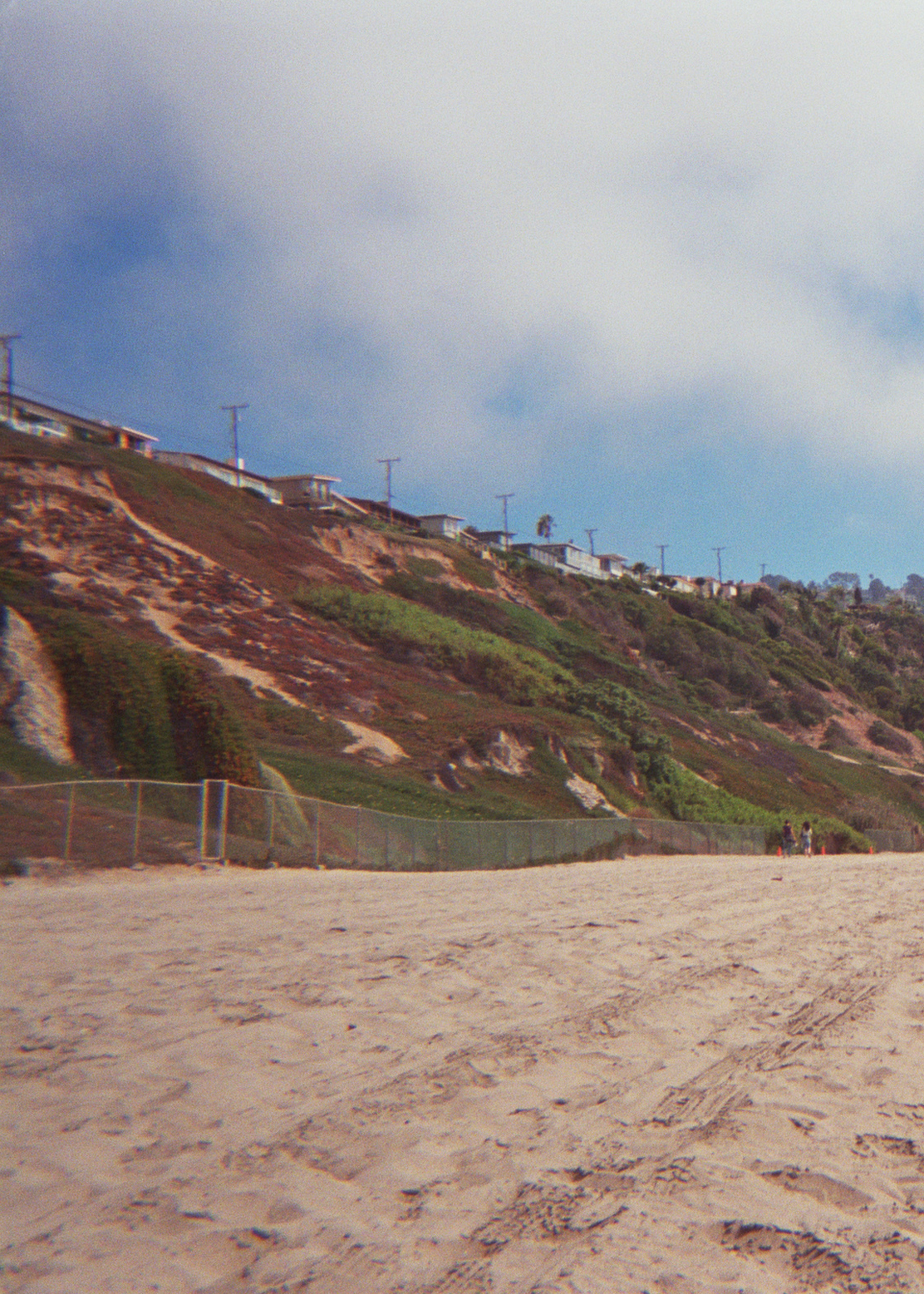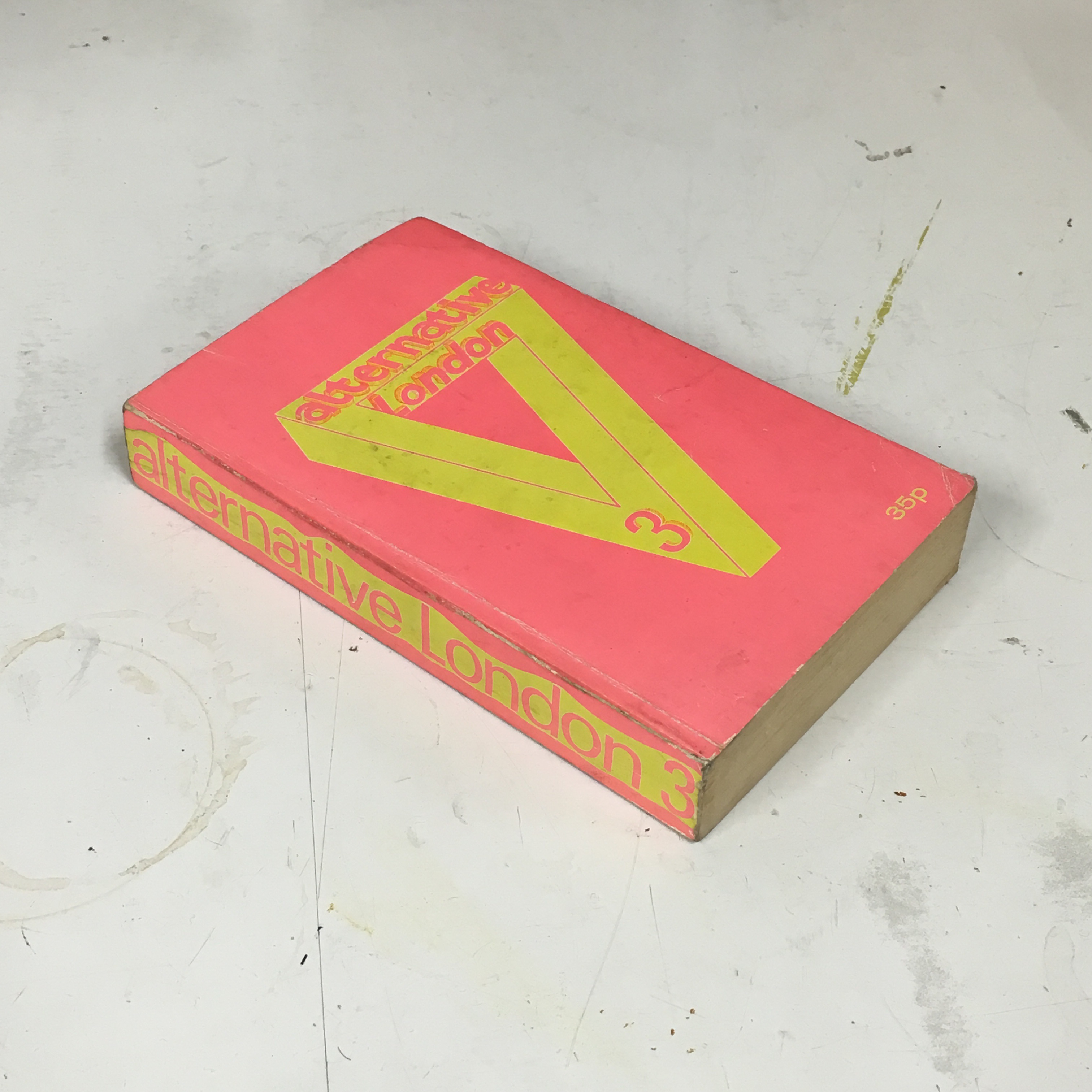Published
“A Biography of the Last Wild Indian in North America”
Ishi in Two Worlds by Theodora Kroeber
Edit 20 Jan 2020: I just found out that Theodora Kroeber is Ursula K. Le Guin’s mother via a short note on her website. How interesting…
An informal, and incomplete, reading list. Related tags: books, magazines, audiobooks.
If you’re interested in what’s actually on my shelves, check out the bookshelf.
Published
Ishi in Two Worlds by Theodora Kroeber
Edit 20 Jan 2020: I just found out that Theodora Kroeber is Ursula K. Le Guin’s mother via a short note on her website. How interesting…
Published
Quietus interview, “Out of time: Leyland James Kirby and the death of a caretaker”
Published
Precision and Soul: Essays and Addresses
By Austrian writer Robert Musil (1880–1942). He wrote this collection of essays in Vienna and Berlin between World War I and World War II.
Published
– – –
lobste.rs is a link aggregator by Joshua Stein that runs on Rails. See the About page for a run down of it’s features and the reasons behind them.
– – –
What Do We Lose When It’s Easy to Use? In Defence of Inefficiency
Lecture by Andy Pressman of Rumors and Verso Books for DWP.
– – –
“The Notebooks of Malte Laurids Brigge” by Rainer Maria Rilke
‘There are no beginners’ classes in life. What is required of you is always the hardest thing, right from the start.’
– – –
before sleep at the end of love (description of a lullaby)
Tuesday 27 September 2016, 7–7.30pm
Bold Tendencies, Car park floors 7-10, 95A Rye Ln, London SE15 4TG
Tickets £8 on door
An opera by Sarah Hardie. Music composed collaboratively with Jack Sheen, choreography by Eleesha Drennan. Performance by Sarah Hardie, Angela Hardie, and Musarc. I’ve really enjoyed working on this and am looking forward to the performance.
– – –
Published

Screenshot of Tove Jansson swimming from the BBC documentary “Moominland Tales: The Life of Tove Jansson”, around 1:20 mark. View the trailer here.
Until I watched the BBC documentary “Moominland Tales: The Life of Tove Jansson”, I had never really known about the artist and author Tove Jansson nor the context for her work. I’m so glad to have come across the film. She was an impressive and talented woman that lived through some devastating times. The documentary is enhanced by quite a bit of original footage, images, and quotes from her journals and other writings. It also includes interviews of her friends and family. My only criticism would be that the tilt-shift effect on some of the shots of contemporary Helsinki and the Finnish countryside felt a little heavy-handed.
The scene above was likely filmed by Tove Jansson’s partner and great love Tuulikki Pietilä, a Finnish graphic artist. Her nickname was Tooti. For nearly 30 summers, Tove and Tooti lived and worked in a cottage that they built together on a little remote island called Klovharu. It sounds like they were quite the independent adventurers, and their time on the island seemed idyllic. This moment was rather heart-wrenching.
Last summer something unforgivable happened: I started to fear the sea. The giant waves no longer signified adventure but fear. Fear and worry, for the boat and all the other boats that were sailing around in bad weather. We knew it was time to give the cottage away.
Once they had left, they never wanted to come back. They didn’t even want to talk about it. It was the end, and that was it.
A side note: Sophia Jansson’s comment reminded me of a moment in a recent episode of NPR’s Wait Wait Don’t Tell Me when Peter Sagal asked Norman Lear if he had any tips “for those of us who would like to arrive at 93 as spry and as successful and happy as you are”.
What occurred to me first is two simple words, maybe as simple as any two words in the English language – over and next. We don’t pay enough attention to them. When something is over, it is over, and we are on to next.
I’m looking forward to discovering Tove Jansson’s work. I’ll probably start with the original two Moomins books, then move to The Summer Book and A Winter Book.
Published

RAT Beach in 2009. RAT = Right After Torrance
When I was very young, I developed a sustained, irrational fear of the palm tree that stood near the southwest corner of Deelane Street and Anza Avenue in Torrance, CA.
This fear is one of my earliest memories. The palm was cartoonish and stereotypical. It was spindly and swayed even on very still days. I lost my four-year-old mind every time we passed it on foot, convinced that it would fall over and pile drive me in to the ground.
The palm tree no longer exists. It was probably removed just after we moved away in 1993.

Satellite view of the corner of Deelane Street and Anza Avenue in Torrance, CA. Left image was captured in 1980, right image was captured in 1994. Source for both images is USGS via historicalaerials.com
I picked up “Edges of the Experiment – The Making of the American Landscape” from the Fw:Books table at Offprint a couple of weekends ago. It is a two-volume publication designed and edited by Hans Gremmen focusing on the landscape of the American West. The first volume features photographs by Marie-José Jongerius and is punctuated with essays. The second is more text-based and includes a curated selection of media; historical photographs, anecdotes, facsimiles, essays, etc. The photos by Jongerius are what originally drew me to the publication. They are incredibly true to the place.
Last weekend I started reading volume two, including an essay titled “The infrastructure of trees in Los Angeles” by architect Warren Techentin. I learned that the palm tree is a disappearing southern Californian icon:
Considering that the average lifespan of a palm tree is 70 to 100 years, and that most of the palms visible now were planted to beautify the city for the 1932 Olympics, the bulk of Los Angeles’s palm trees will disappear within a decade or two.
The city isn’t replacing most palms that are removed. Apparently they were never a great ecological or economical choice.
So my childhood nemesis was likely removed due to old age. It’s kind of sad. I haven’t found any photos of that particular palm tree.
I can’t emphasise enough how much I have enjoyed “Edges of the Experiment”. One particularly lovely spread includes the first page of Techentin’s essay alongside one of Hans Gremmen’s graphics illustrating water usage in California. Water is touched upon in many if not most of the texts in “Edges of the Experiment”, and its presence (or lack thereof) is notable in many of Jongerius’s photos.
Published
“The Structure of Scientific Revolutions” by Thomas S. Kuhn has made it’s way on to my to read list via Perspective Design/Build.
Published
Up Projects’ upcoming summer programme sounds fantastic. Apparently it draws much inspiration from “Alternative London” by Nicholas Saunders.
– – –
Edit 2 June 2016 – Purchased a second hand copy of the third edition published 19 June 1972. The photo below doesn’t do the neon cover justice.

Published
the ecstasy of sanctimony.
Such a great and concise phrase. Hadley Freeman referred to it recently in her Guardian column when describing the court of Twitter’s harsh and questionable justice.
Published